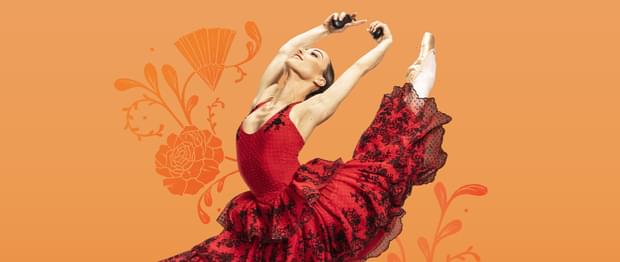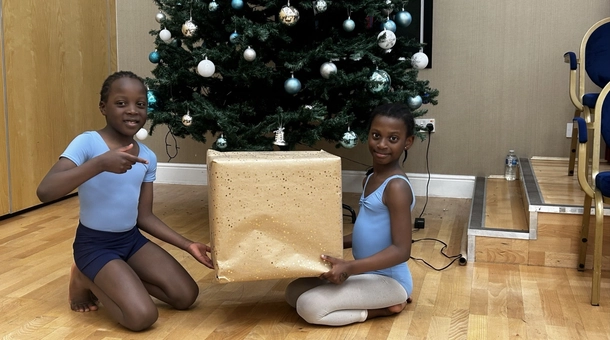News Story
I’ve always loved drawing since I was little, but I didn’t see it as something I could actually do! I’ve always been into visual communication, so I ended up studying graphic design at BCU and now that’s my main thing.
What do you like about illustrating?
I find it very therapeutic! Especially the linocut aspect of my work, which can seem very tedious, but it’s those sorts of things I enjoy.
I used to think that to do something like illustration you’d have to be an incredible artist and that definitely held me back in the past. But being around incredible illustrators who all have their own style and seeing how they play to their strengths, helped me realise that’s not the case at all.
Image gallery
A gallery slider
A gallery carousel of 3 items
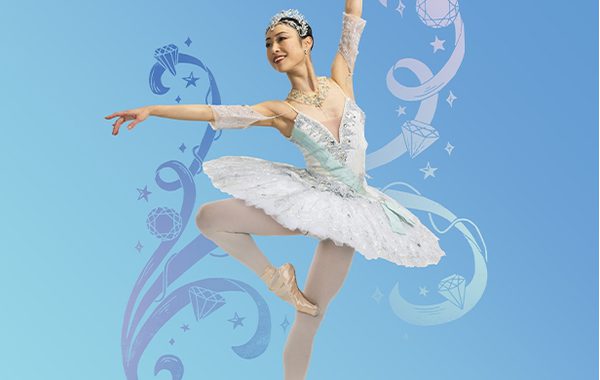
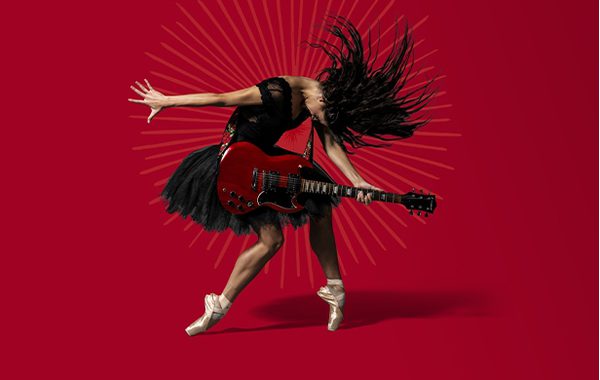
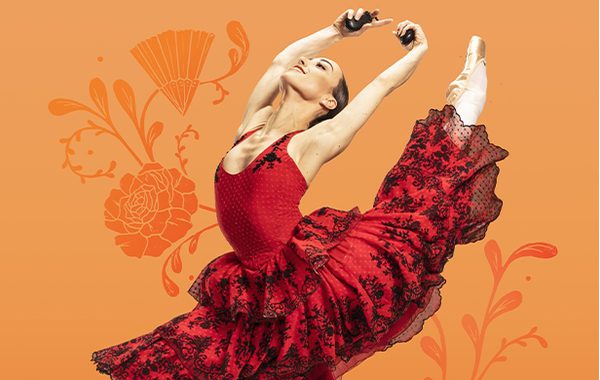
What did you know about ballet before you started working with us?
Only a little really. As many women do, I definitely dreamt of being a ballerina as a young girl, though that isn’t very compatible with how clumsy I’ve always been! Despite that, I’ve always had an interest in it as an outsider. This project has been a wonderful way to get involved in something I’ve always admired from afar.
What have been the challenges?
A big challenge has always been physical limitations, linocut is a long and physical process, so it can be a lot! I’ve got the added challenge of having hypermobile hands and wrists, so pacing myself is always something I have to keep in mind. Another challenge is that linocut is a reductive medium, once you’ve carved something, there’s no undo button. If you make a mistake, you kind of have to just roll with it and work it into the design. It can be frustrating at times but embracing that imperfection is what gives it that rough, hand-hewn charm.
What tools and software do you use - what is your process?
My process has definitely developed a bit over the years, but it fits around three stages:
- Step one is the actual drawing bit, these days I do this on my iPad in Procreate, which is a lot easier than doing the multiple refining sketches on paper! I always keep in mind the next step and how it will all translate to lino.
- Step two is the linocutting, which is usually the longest part. After a lot of trial and error, I’ve figured out what works best for me: battleship grey lino, Pfeil lino tools and carbon paper to transfer the illustration to the block. Then comes a few hours of carving!
- Step three is the printing stage. I use Cranfield Safe Wash inks and my trusty Woodzilla press (an amazing birthday present) and the illustration comes to life on paper.
If I’m digitising it, I’ll scan it in when it’s dry, but for final prints, it’s pretty much done!
Is there anything else you'd like to add?
It’s been an absolute joy to work on this project! The BRB team have been lovely and it’s been great to be part of something I’ve always admired from a distance! I hope my illustrations have captured some of the magic of the ballet.
